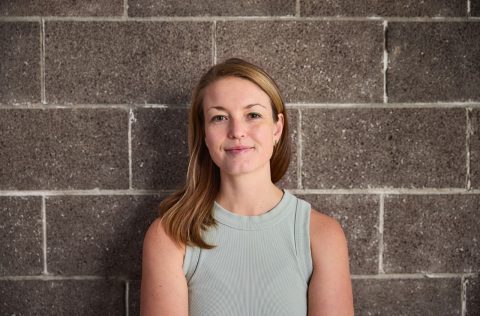How to Pitch With Purpose

Each year, Phoebe Harrop meets 100 teams seeking venture capital but only invests in about five. Here, the Auckland-based Blackbird partner shares what she’s looking for.

The starting point is to understand why you’re pitching.
Venture investment is high-octane. It puts you on a path of high growth and high expectations and not every business model or founder is right for it. There’s a test you can do upfront: “Can this idea lead to a novel product that solves a customer problem so well it can have high sustained margins and pricing power? And does it have a global audience?” If the answers are no then it may not be a good fit for venture capital.
At least half of what we’re investing in is the people across the table.
There’s almost a litmus test of: “Is this someone I want to spend 10 years working with?” We often invest at a point where the business is just an idea, before a product or customers. You can have founders who are not necessarily polished or charismatic but they have a magnetic vision of what they want to build. They’re the honeypots for hiring the most ambitious talent. One thing we value is an authentic connection to the problem the founder is solving, usually stemming from their life or career experience.
The people we want to invest in do a lot rather than say a lot.

You can see what they’ve achieved in terms of technical progress, how many customers they have talked to and the team they’ve attracted with limited money. We look for people who are learn-it-alls; often we meet teams at intervals prior to investing and you can see the steep learning slope they’re on.
I suggest building fluency with the topics investors tend to be interested in – who your customers are, what your product road map is.
You’re going to be asked lots of direct, sometimes numerical questions: “What are your growth rates? How do your unit economics stack up?” We’re here to believe in you, not to fix you, because the best founders need the least intervention. Culturally, Aussies and Kiwis are not the best at self-promotion so a mindset shift may be required.
The products we want to invest in are either creating new categories or are so much better than existing alternatives that competition is not why they’d fail.
So the slide that seems obvious to include in a pitch – the quadrant graph with competitors over there and “we’re different; we’re over here” – I don’t find useful. I want to know: “What’s the thing you will build that customers can’t access anywhere else?” And that thing should be in a new league of its own, off the chart.



